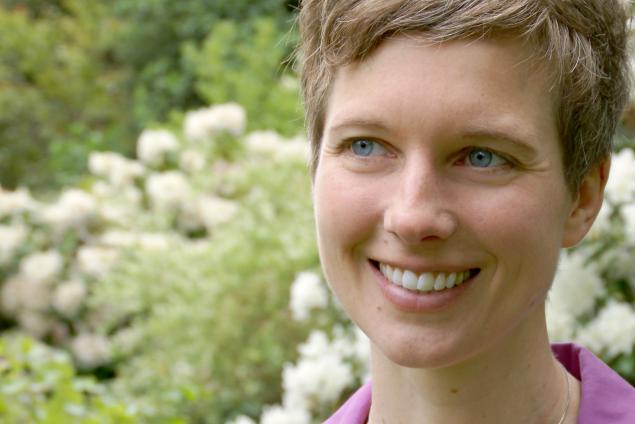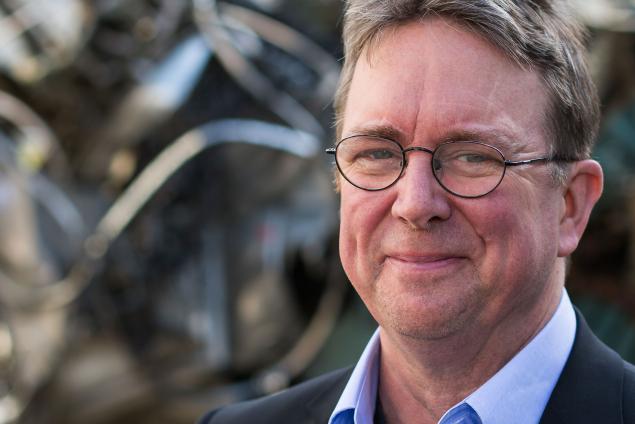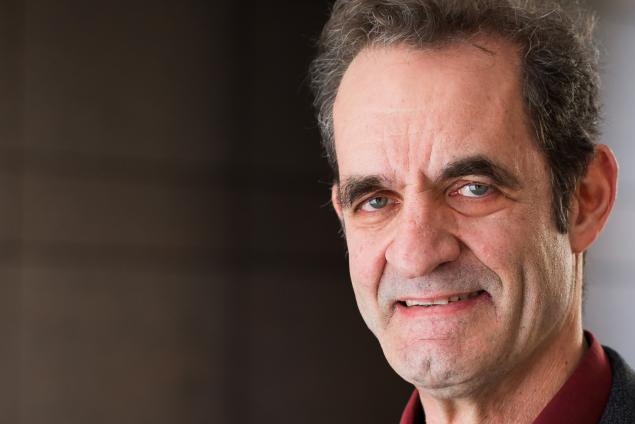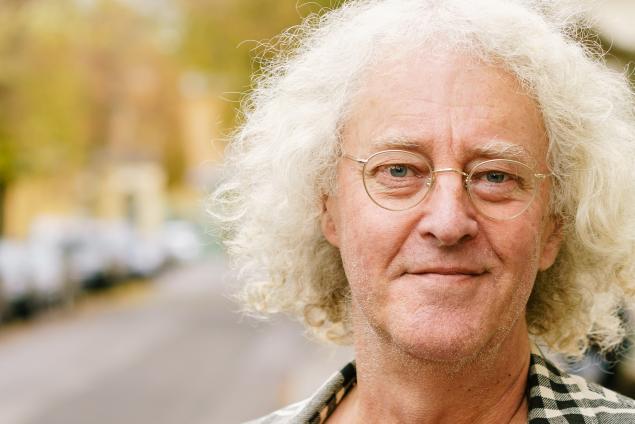The Eurasian forests are an important component in the earth’s climate system: Forests contain a lot of carbon in the vegetation and in the soil. But their role under warming conditions is still unclear – on the one hand, a higher CO2 level in the air acts like a fertilizer for plants that grow and thus store more CO2 in the form of carbon. On the other hand, microbes that like warmer temperatures bring the soil to decompose faster and release even more CO2 and methane. To monitor long-term biogeochemical changes, a German-Russian research collaboration established an observatory in the Siberian taiga. Since 2006, the regional effects of global warming are studied from the Zotino Tall Tower Observatory. As MARTIN HEIMANN explains in this video, two of the main findings of the long-term measurements are that currently the western Siberian forests store more carbon than they release. However, due to the many bogs the region is also a source of methane, another important greenhouse gas.
DOI:
https://doi.org/10.21036/LTPUB10213
Researcher
Martin Heimann is Director of the Max Planck Institute for Biogeochemistry in Jena, and Honorary Professor at Friedrich-Schiller University, Jena. He is a member of the Academia Europaea and was appointed Guest Professor at the University of Helsinki.
Heimann’s research focuses on the biogeochemistry of the global carbon cycle. A major part of his research is dedicated to long-term measurements of biogeochemical changes in the Eurasian forests, and their role in the earth’s climate system. Heimann contributed to the Intergovernmental Panel on Climate Change (IPCC), which was awarded the Nobel Peace Prize in 2007.
Institution
The research is dedicated to the study of global biogeochemical cycles and their long-term interactions with the biosphere, the atmosphere, the geosphere and the entire climate system. We want to better understand how living organisms - including humans - exchange basic resources such as water, carbon, nitrogen and energy with their environment and how this affects global climate and ecosystems. Biogeochemistry is the science of the Earth's metabolism. Elements essential to life such as carbon, nitrogen, oxygen and phosphorus are constantly undergoing biological, chemical and physical transformations as they are exchanged between different parts of the Earth, the lithosphere, hydrosphere, biosphere and atmosphere. The "biogeochemical cycles" quantitatively describe the distribution and exchange of elements between these components of the Earth system.
Original publication
The Zotino Tall Tower Observatory (ZOTTO): Quantifying Large Scale Biogeochemical Changes in Central Siberia
others, Ernst-Detlef Schulze, Heimann Martin, Winderlich Jan, Meinrat O. Andreae, Chi Xuguang, Gerbig Christoph, Kolle Olaf, Kübler Karl, Lavric Jost and Mikhailov Eugene
Nova Acta Leopoldina NF
Published in 2014
Reading recommendations
Seasonal, Synoptic, and Diurnal-Scale Variability of Biogeochemical Trace Gases and O2 from a 300-m Tall Tower in Central Siberia
Heimann Martin, Kozlova Elena A., Manning Andrew C., Kisilyakhov Yegor and Seifert Thomas
Global Biogeochemical Cycles
Published in 2008
Long-Term Measurements of Aerosol and Carbon Monoxide at the ZOTTO Tall Tower to Characterize Polluted and Pristine Air in the Siberian Taiga
Heimann Martin, Winderlich Jan, Chi Xuguang, Mayer J-C, Cheng Y, Andreae MO, Panov Alexey V., Birmili Wolfram and Heintzenberg Jost
Atmospheric Chemistry and Physics
Published in 2013
Inferences from CO2 and CH4 Concentration Profiles at the Zotino Tall Tower Observatory (ZOTTO) on Regional Summertime Ecosystem Fluxes
Heimann Martin, Winderlich Jan, Gerbig Christoph and Kolle Olaf
Biogeosciences
Published in 2014
Sources of and Variations in Tropospheric CO in Central Siberia: Numerical Experiments and Observations at the Zotino Tall Tower Observatory
Heimann Martin, Shtabkin Yury A., Moiseenko Konstantin B., Skorokhod Andrei and Vasileva Anastasia
Izvestiya, Atmospheric and Oceanic Physics
Published in 2016
Assessment of the Regional Atmospheric Impact of Wildfire Emissions Based on CO Observations at the ZOTTO Tall Tower Station in Central Siberia
Heimann Martin, Mayer J-C, Jürgens N, Panov Alexey V., Moiseenko Konstantin B., Vasileva Anastasia and Andreae Meinrat O.
Journal of Geophysical Research: Atmospheres
Published in 2011
The Carbon Budget of the Northern Cryosphere Region
Heimann Martin, McGuire A. David, Macdonald Robie W., Schuur Edward A.G., Harden Jennifer W., Kuhry Peter, Hayes Daniel J. and Christensen Torben R.
Current Opinion in Environmental Sustainability
Published in 2010
An Estimate of the Terrestrial Carbon Budget of Russia Using Inventory-Based, Eddy Covariance and Inversion Methods
others, Chen T, Belelli Marchesini L, Maximov TC, Maksyutov S, Dolman Albertus J., Shvidenko Anatoly, Schepaschenko Dmitry, Ciais Philippe, Tchebakova Nadezhda and Van Der Molen Michiel K.
Biogeosciences
Published in 2012
Show more




